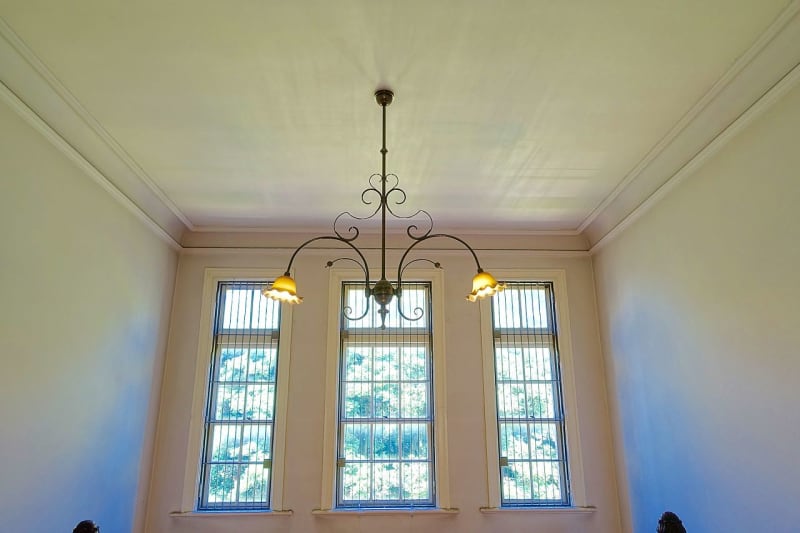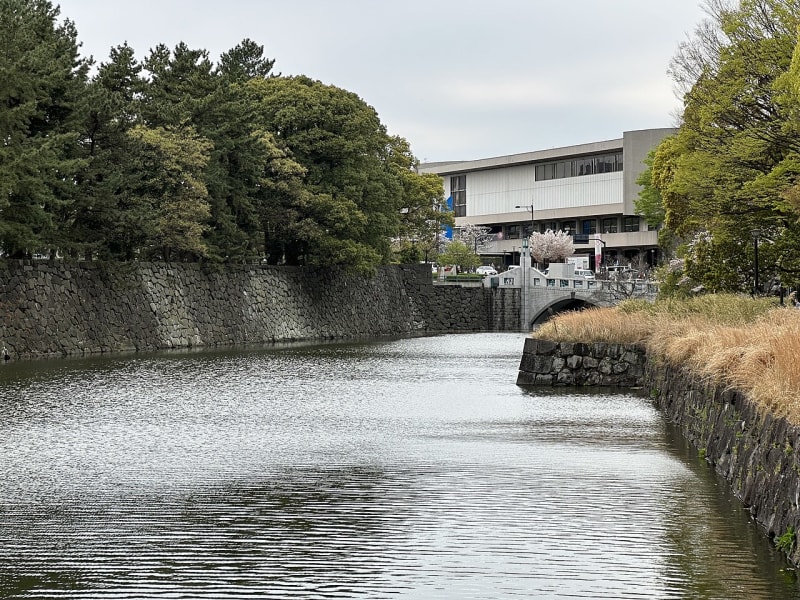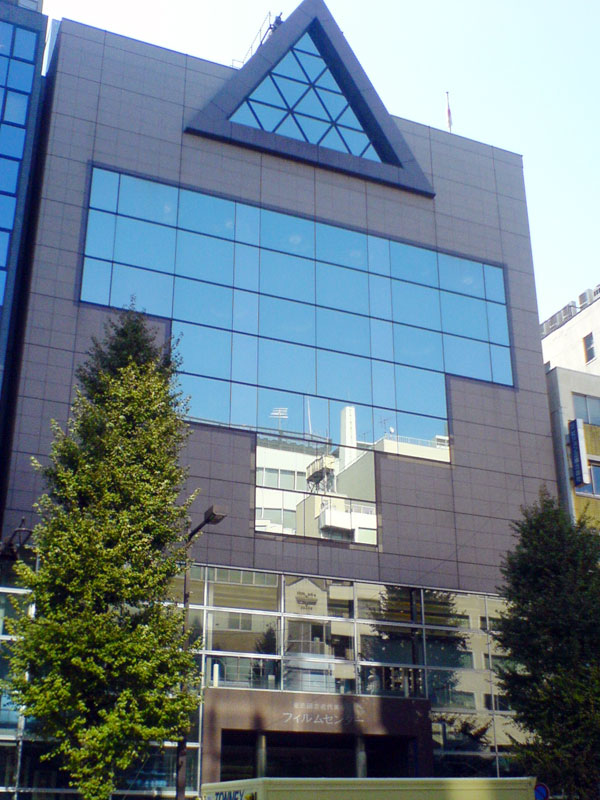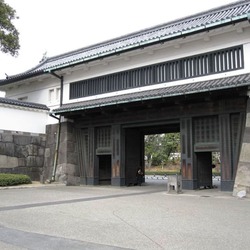National Museum of Contemporary Art in Tokyo
The National Museum of Modern Art in Tokyo is located in a special area of Chiyoda, not far from the Imperial Palace. The achievements of Japanese and Western contemporary art are on display here. In addition to the exhibition halls, there is a library, a Craft Gallery and a National Film Center. In society, the museum is called a center of attraction for creative people.
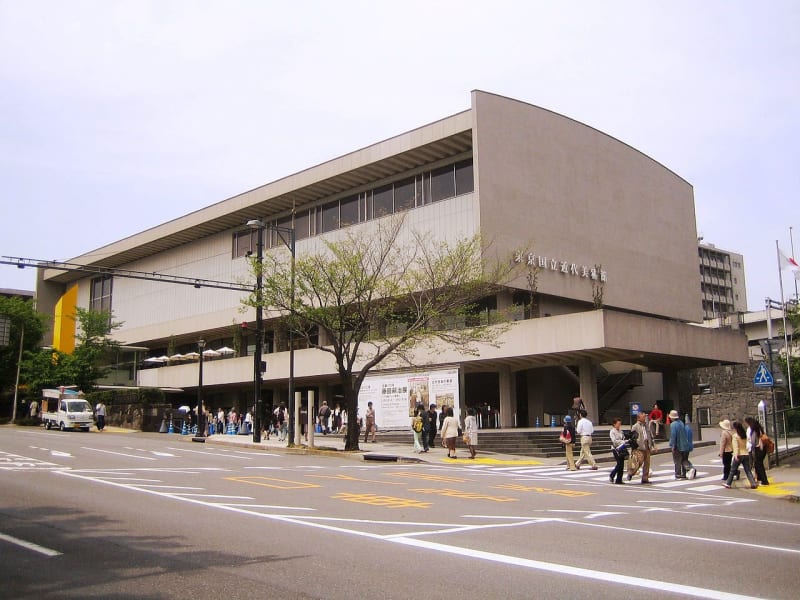
History of creation
Back in the Meiji period, there was an understanding of the need to create a place to showcase the achievements of modern art. There were even hearings in parliament on this issue, but it was only in the middle of the 20th century after the end of the World War that the plan was realized. The National Museum of Modern Art in Tokyo was founded in 1952 in a building designed and renovated by architect Kunio Maekawa, a student of the famous Le Corbusier.
Some time later, the area of the National Museum of Modern Art in Tokyo was further expanded by the acquisition of neighboring buildings. In 1969, Yoshiro Taniguchi, a hereditary architect, was engaged in the adaptation of one of the rooms to exhibition activities. In 2001, the next transformations were completed. Exhibition galleries were expanded, a library was opened, a recreation space was expanded, a shop and a restaurant appeared. Work was carried out to strengthen the building to make it more earthquake-resistant.
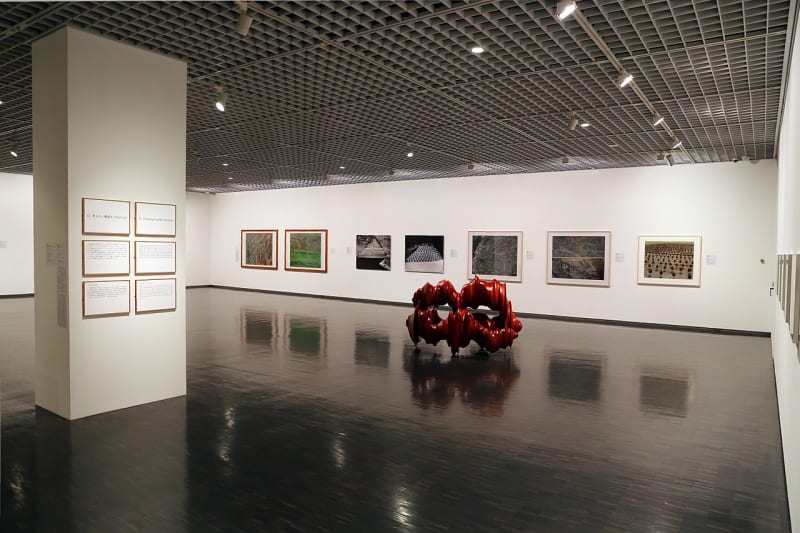
The exposition
The National Museum of Modern Art in Tokyo houses works by the most famous artists from the late 19th to the 20th century, as well as some Western artists from the same period. Paintings by Marc Chagall, Wassily Kandinsky, Paul Gauguin, Pablo Picasso, Amadeo Modigliani and other popular Western painters are on display here.
The beginning of the museum's collection was laid by the Japanese connoisseur of beauty Matsukata Kojiro, who searched all over the world for ukiyo-e prints. The first exhibition of wood engravings was held in Japan in 1925. Currently, the collection of the National Museum of Modern Art in Tokyo has about 8,000 copies of ukiyo-e, collected by Matsukata. The collection of works made in the nihonga style using traditional Japanese techniques is of great interest. The painters used ink, water-soluble paints, and mineral pigments on silk and paper. The nihonga style (which literally means Japanese painting) was created in opposition to Western influence in order to preserve national identity. This is an exquisite colorful painting, the samples of which cause constant delight among museum visitors.
Information for visitors
Since 1977, the institution has launched a Gallery of artisans, which exhibits textiles, ceramics, lacquer, and handicrafts from different countries. There is also a research library here. The National Museum of Modern Art in Tokyo has a National Film Center, which has a collection of about 40,000 films and film materials. Visitors can enjoy the best examples of Japanese and world cinema, including those marked as the most important cultural sites in Japan.


